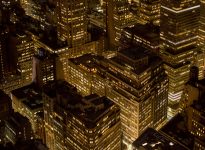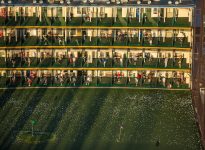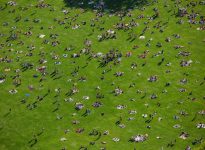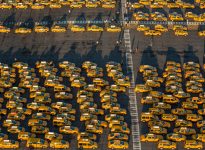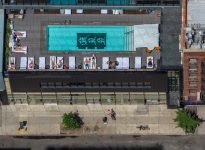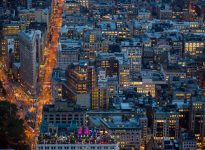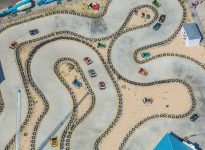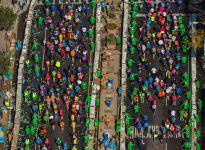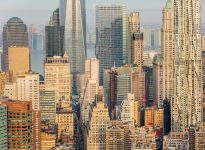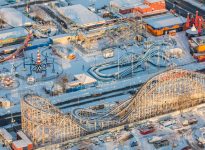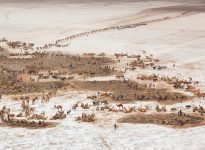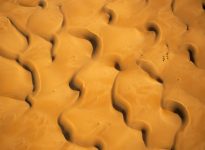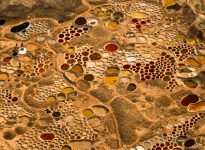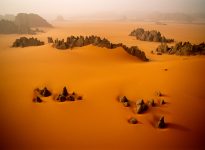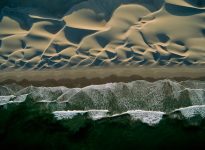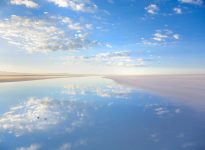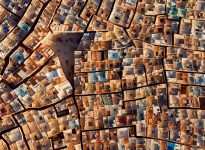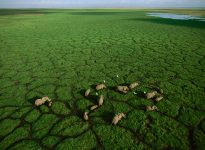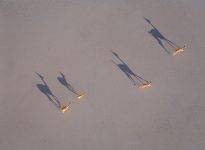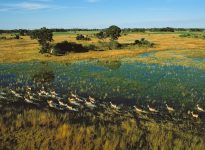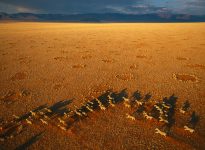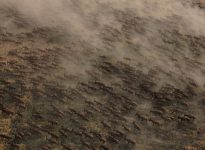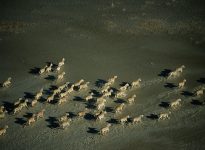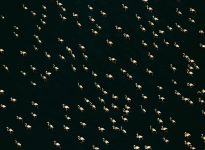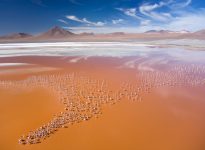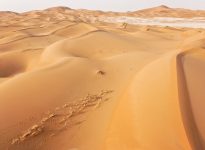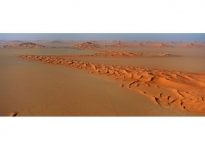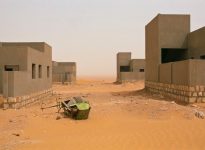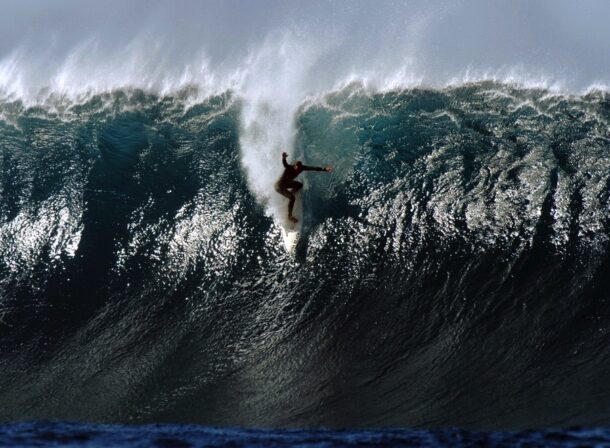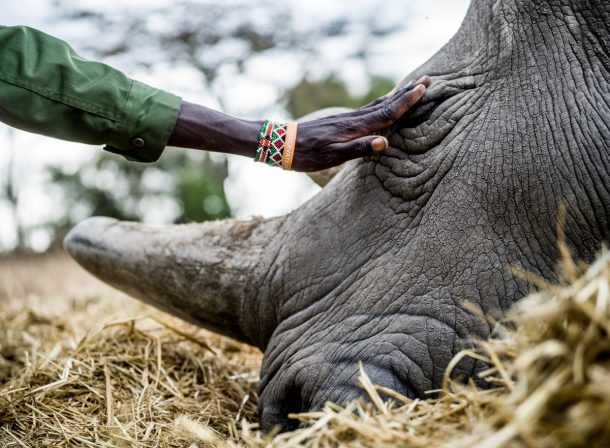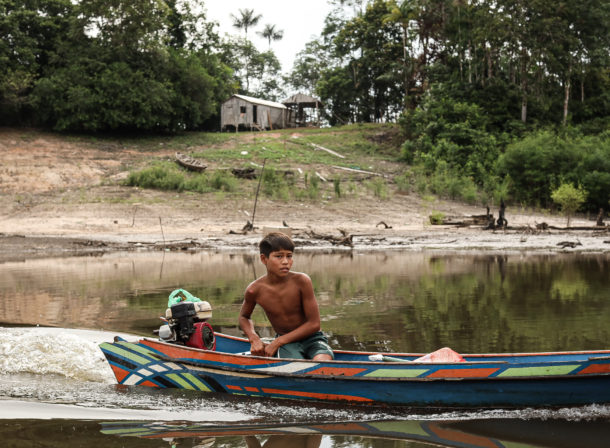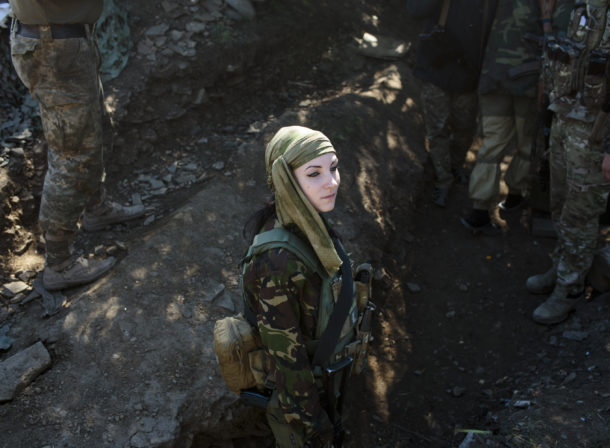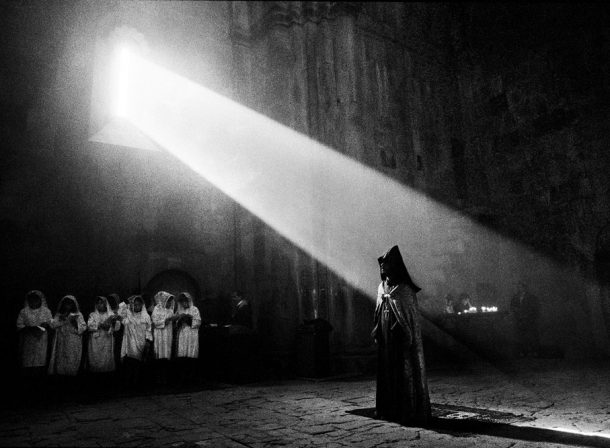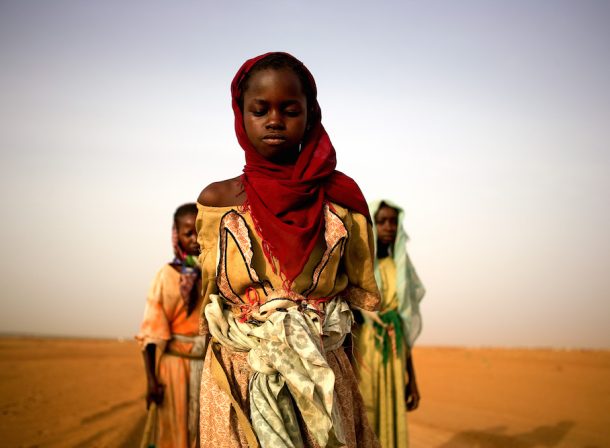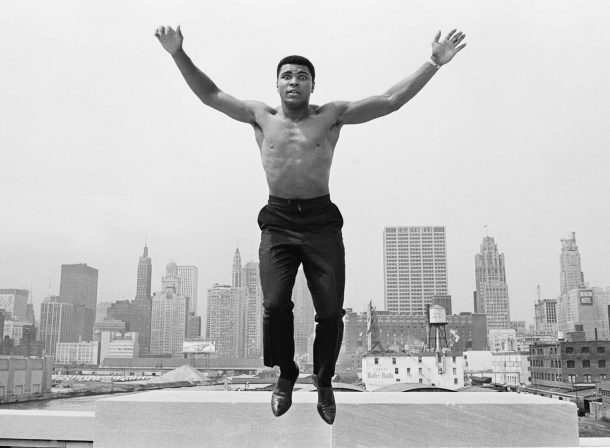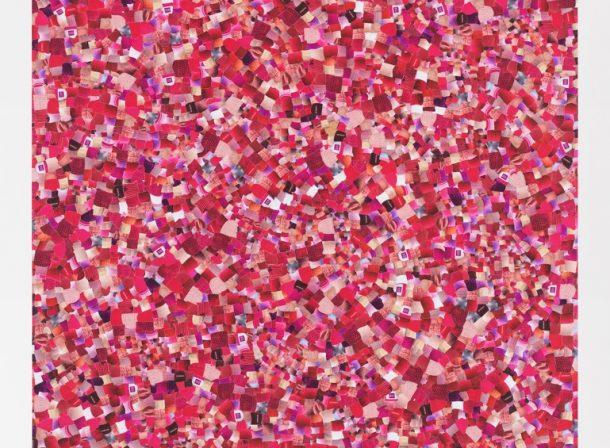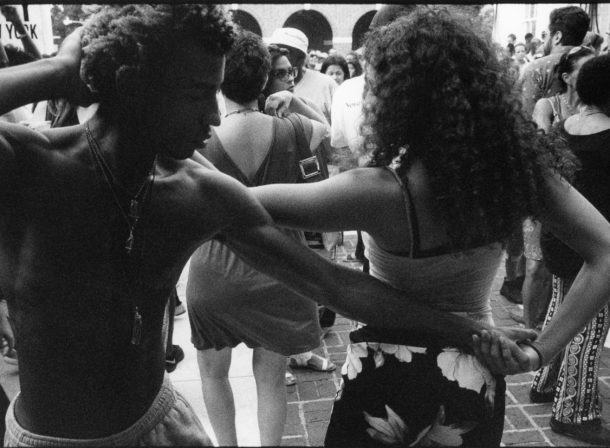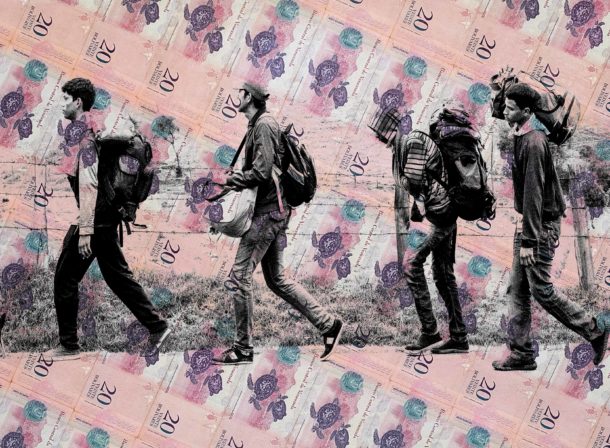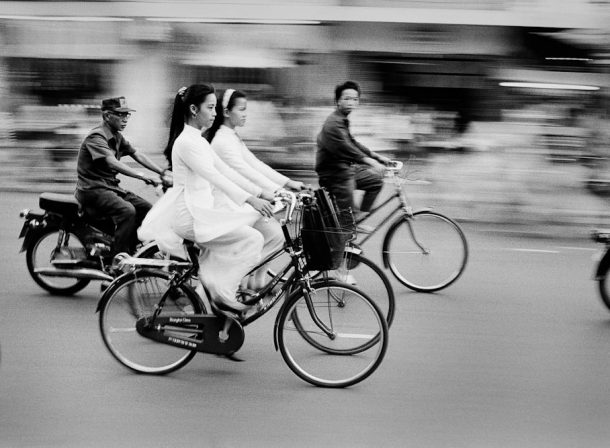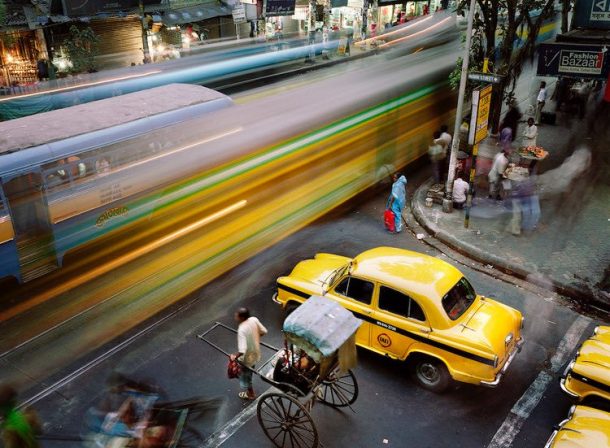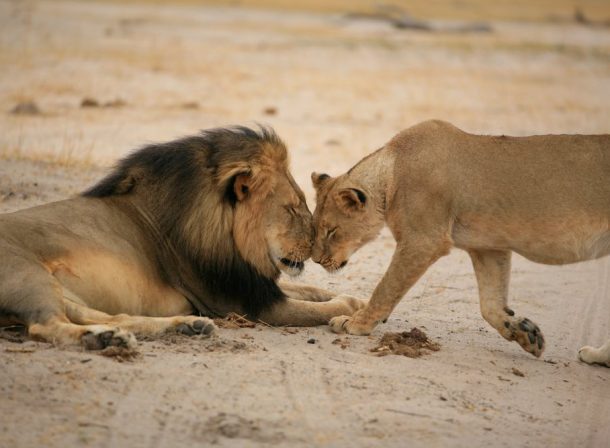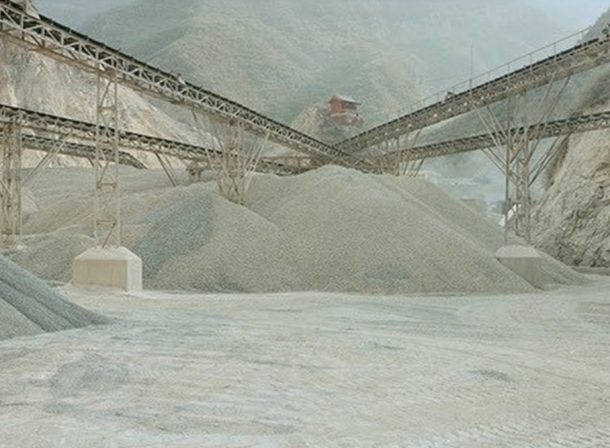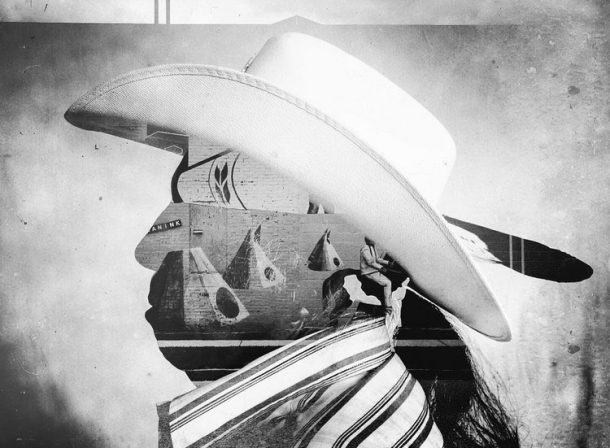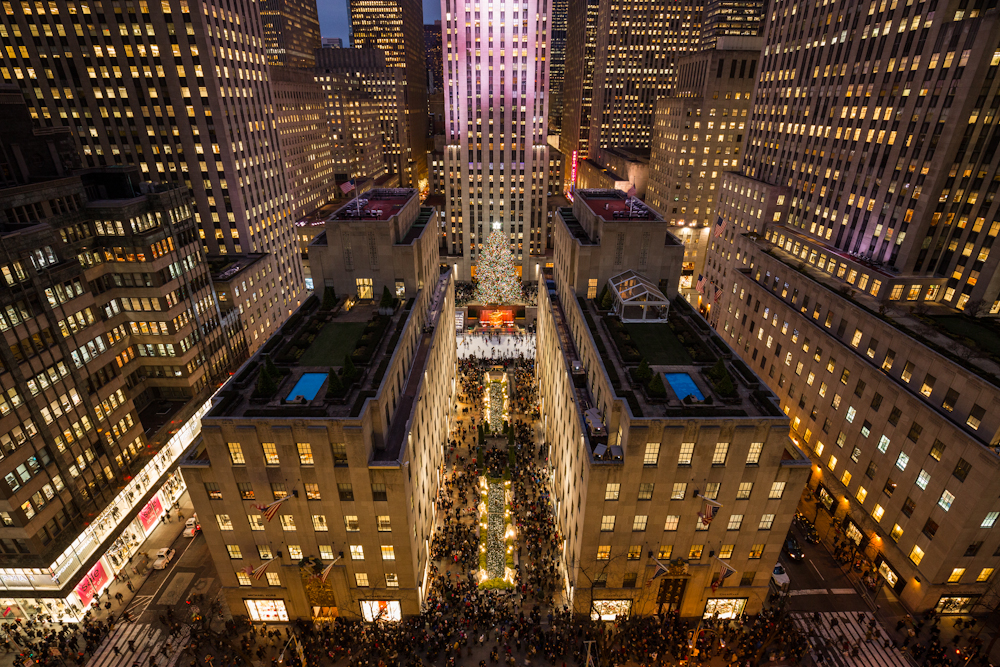
BIOGRAPHY
Best known for his exploration photography, George Steinmetz has a restless curiosity for the unknown: remote landscapes, our changing climate, and how we can meet the ever-expanding food needs of humanity. A regular contributor to National Geographic and the NY Times Magazine, he has explored subjects ranging from the remotest stretches of Arabia’s Empty Quarter to the largest coal mine in China.
Since 1986, George has completed more than 40 major photo essays for National Geographic and 25 stories for GEO magazine in Germany. His expeditions to the Sahara and Gobi deserts have been featured in separate National Geographic Explorer programs. In 2006 he was awarded a grant by the National Science Foundation to document the work of scientists in the Dry Valleys and volcanoes of Antarctica.
George has won numerous awards for photography during his 35-year career, including three prizes from World Press Photo. He has also won the Environmental Vision award from Pictures of the Year, a citation from the Overseas Press Club, and was named National Geographic’s Adventurer of the year in 2008.
Born in California in 1957, George graduated from Stanford University with a degree in Geophysics. He began his career in photography after hitchhiking through Africa for 28 months. He spent fifteen years exploring the world’s deserts, much of it while piloting a motorized paraglider. This experimental aircraft enables him to capture unique images of the world, inaccessible by traditional aircraft and most other modes of transportation. His current projects are documenting climate change and the global food supply, primarily with professional drones. George lives in Glen Ridge, New Jersey, with his wife, Wall Street Journal editor Lisa Bannon, their daughter, Nell, and twin sons John and Nicholas.
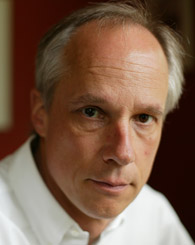
NEW YORK AIR
November 3, 2015 – March 30, 2016
New York Air captures the thrilling complexity and romance of 21st-century New York City from above. With its new skyline and waterfront landscape, dazzling contemporary architecture and historic buildings—along with parks and streets and rooftops used for every possible purpose, and the massive infrastructure that keeps it all going, New York Air presents a captivating view of one of the world’s greatest cities from above. Included in the exhibition are such iconic places as Central Park and Times Square, new landmarks such as the High Line and the September 11 Memorial, One World Trade Center, and intriguing sites throughout the five boroughs. Steinmetz records some of the city’s beloved traditions—such as the Rockefeller Center Christmas tree, the New York marathon, and the U.S. Open—but what makes his photographs special is their surprising intimacy capturing New Yorkers going about their daily lives.
DESERT AIR
November 3, 2012 – March 3, 2013
George Steinmetz set out to photograph all of the world’s extreme deserts. To get aloft in such remote places he learned how to fly the world’s lightest and slowest aircraft, a motorized paraglider. His foot-launched aircraft gave him the ability to see these seldom visited areas in a way that has never been realized before.
The Desert Air project took him to 27 countries plus Antarctica to create the first comprehensive photographic book on all of the world’s hyper arid deserts. These include the most remote and inhospitable place on earth, from the summits of the Andes to the shores of the Dead Sea. Steinmetz ventured from the hottest place on earth, in the Afar Depression of Ethiopia, to the coldest in the Dry Valleys of Antarctica.
What many people believe to be wastelands, he found to be the last great class of wilderness left on our planet. In these austere environments he discovered extraordinary perseverance of life at the very limit of survival, and fragile landscapes and ecosystems that are in need of conservation.
MIGRATIONS
June 15 – August 26, 2011
“I always keep an eye out for wildlife”, says Steinmetz, “but it’s getting increasingly hard to locate as the world’s population grows and more wildlife habitat is taken for development. It’s usually the poor that move into the few remaining wilderness areas trying to survive with their livestock or hunting on a subsistence level. It’s difficult to balance their need for survival with that of the wildlife. Migratory wildlife is even harder to protect, even with National Parks, as herds often circulate outside of conservation areas. However in some instances, migration over vast, roadless expanses can protect wildlife from hunting.”
Steinmetz’s motorized paraglider is the slowest and quietest powered aircraft in the world, therefore, it is particularly well suited for capturing images of wildlife. Such remote areas also lend themselves to unusual aerial access where Steinmetz can take off and land without an airfield or government restrictions. Moving slow and low over herds of animals in very remote places enables him to visualize ecosystems in ways not possible before.
EMPTY QUARTER
October 29, 2009 – January 31, 2010
I became captivated by Arabia’s Empty Quarter as a young man when I read Wilfred Thesiger’s Arabian Sands. The Empty Quarter is larger than France without a single permanent point of water or human habitation. It’s both the world’s largest sand sea and one of the hottest places on earth, and has only been traversed a handful of times. I didn’t want to repeat Thesiger’s epic journeys many decades later, but when I discovered motorized paragliding I found a way to visualize this remote landscape in a new way. I made three paragliding trips into the sands, first for GEO in Saudi Arabia, and then returned two years later to go from Riyadh to Oman and Yemen for National Geographic, and finally made a personal trip to the southern most reaches of the U.A.E. to complete my field work. What I found was one of the most beautiful and unseen wildernesses on earth. On its fringes I encountered elements the oil wealth that has forever changed Arabia, but I also found Bedouins still clinging to traditions, and offering up a level of hospitality that was truly humbling. This body of work would simply not have been possible without their kindness.






